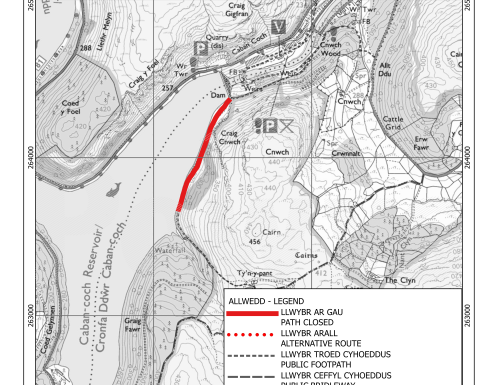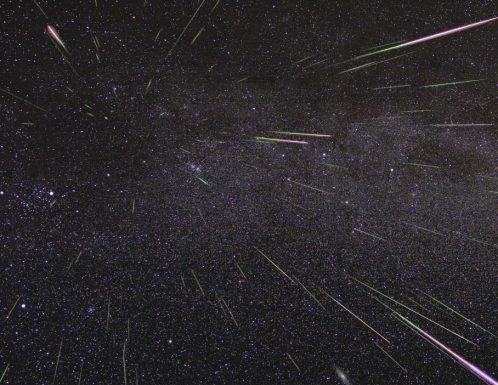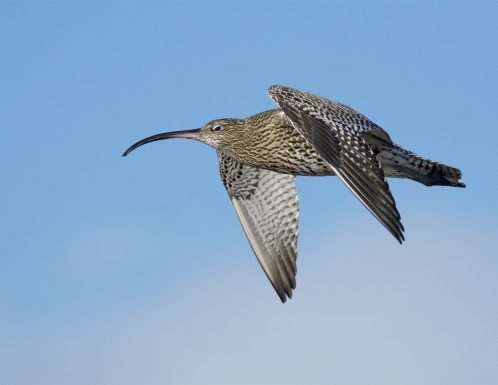Around 85% of heathland has been lost over the past 150 years through agricultural development and the planting of conifers. The small, fragmented patches that remained fell out of use and natural succession led to the development of secondary woodland, resulting in the loss of many specialist heathland species.
We have some areas of heathland habitat that require restoration. The restoration project has already removed large swathes of self-seeded Sitka Spruce trees, however there are still more that need removing.
We are looking for volunteers to help remove these smaller Sitka Spruce trees using bow saws, pruning saws and loppers.
This project will span several sessions, you are welcome to join us for any or all of the sessions. The sessions will all run from 10am-3pm.
The dates are:
Wednesday 30th October
We believe that it shouldn’t cost you anything to volunteer. We pay volunteer travel expenses @ 45p / mile each way and we can reimburse lunch purchases upto £5 (receipt required).
To sign up for this opportunity, please register on our volunteer management system here
When registering please select ‘Elan Valley Trust’ as your organisation and enter N/A when it asks for a membership number.
If you have trouble registering or require any further information please contact us.



